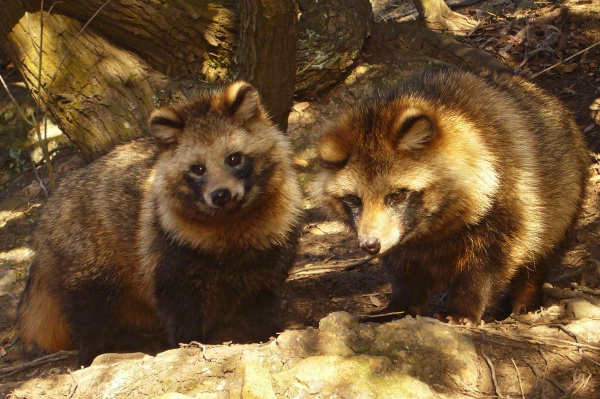Facts About Raccoon dog
The raccoon dog, also known by names such as mangut, tanuki, or neoguri, is a unique canid native to East Asia and the sole extant member of the genus Nyctereutes. Although its face resembles that of a raccoon, it is more closely related to true foxes than to American raccoons. Intriguingly, raccoon dogs, like the North American gray fox, can climb trees. In Japan, they are called tanuki and hold a special place in folklore.
These fascinating animals have several distinctive features. They possess small skulls reminiscent of South American foxes, elongated bodies, short legs, and a thick winter coat that aids their survival in cold climates. As omnivores, their diet is quite diverse and includes insects, rodents, amphibians, birds, fruits, nuts, and berries, which they adjust based on seasonal availability.
Raccoon dogs are nocturnal and share many behaviors with other small carnivores. They are monogamous, with unique mating seasons, gestation periods, and pup-rearing practices. Remarkably, they are the only canids known to hibernate, altering their activity levels in response to the seasons.
These adaptable creatures have been introduced to various parts of the world, raising concerns about their potential to become invasive species. They have spread to countries such as Estonia, Finland, Sweden, Germany, and France. In some areas, like Denmark, efforts are underway to control their population.
Raccoon dogs can carry several diseases and parasites, posing risks to both wildlife and humans. They are also hunted for their fur, which is used in clothing and accessories. There have been instances where raccoon dog fur was mislabeled as synthetic, sparking controversies in the fashion industry.
In Japanese mythology, raccoon dogs are celebrated as shapeshifters and are woven into cultural stories and beliefs alongside other animals like foxes and badgers. They are an integral part of folklore, adding to their mystique and cultural significance.

 Kyrgyzstan
Kyrgyzstan